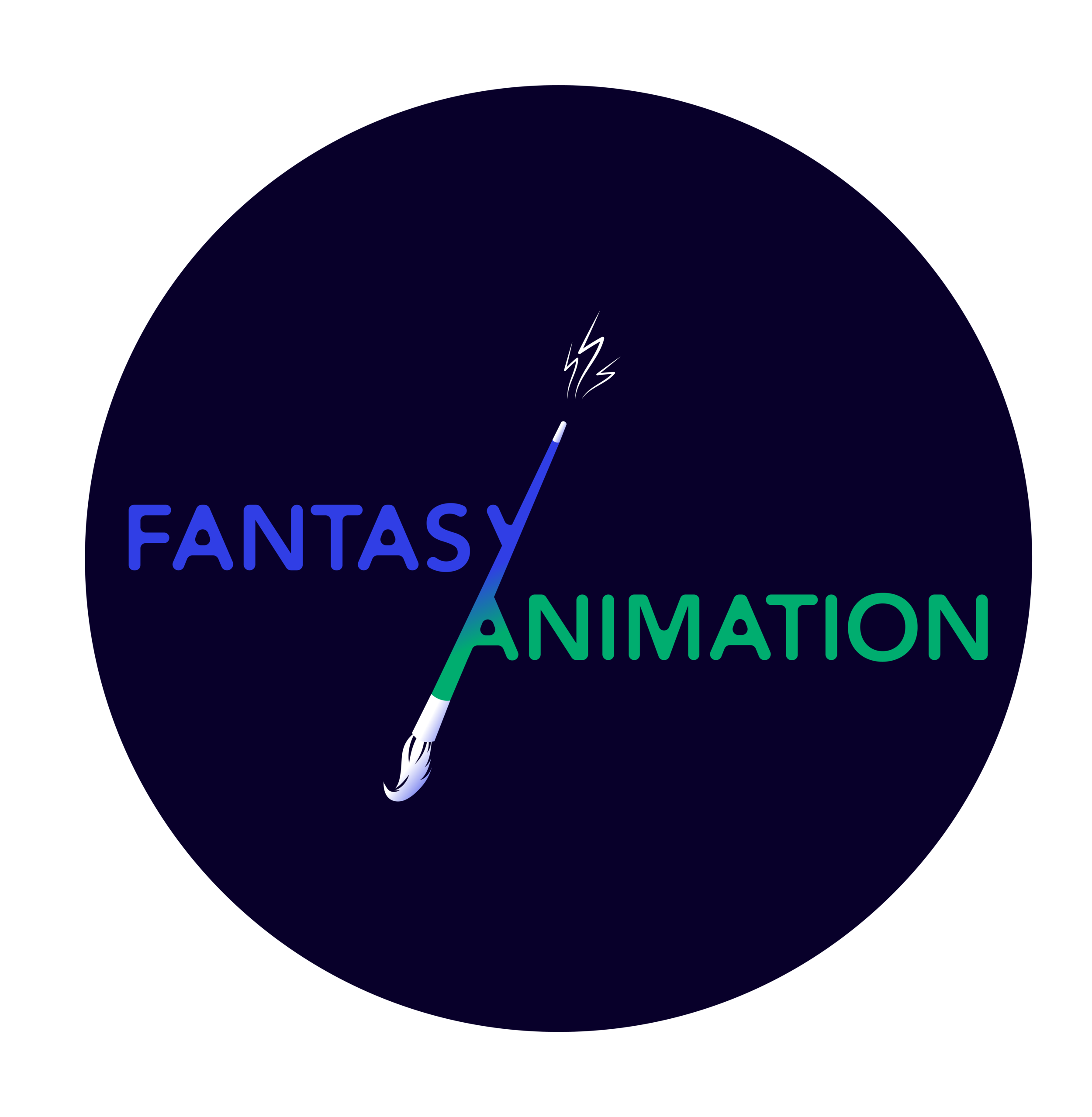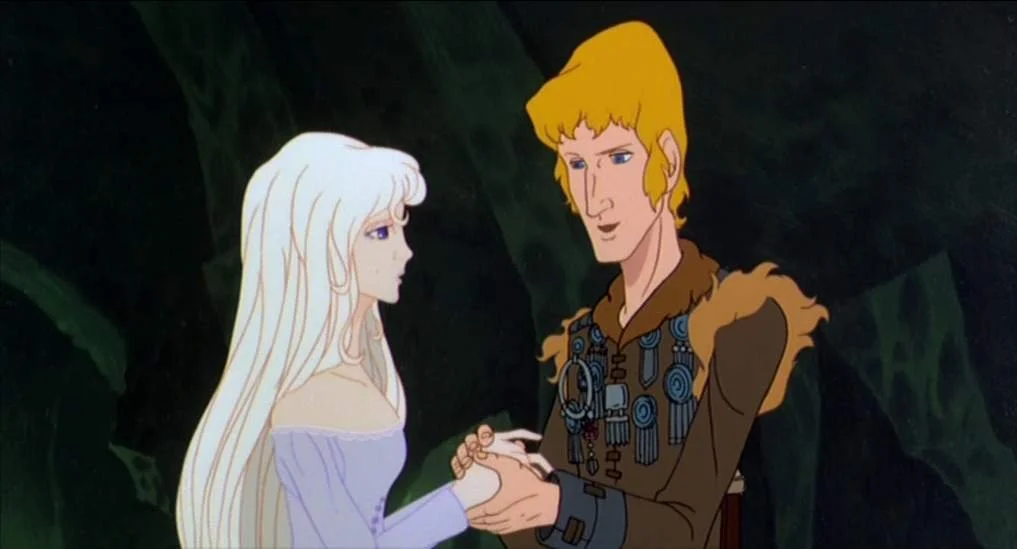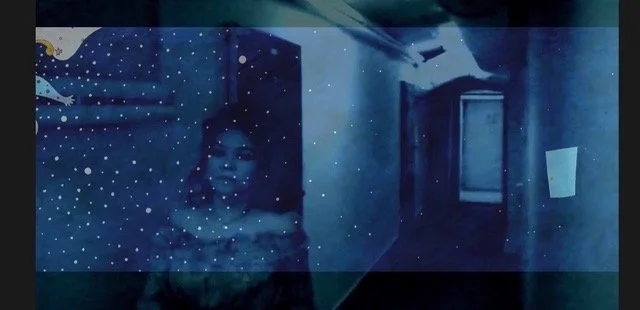In seeking to describe the sensation of something irreducibly different about films made prior to the institutionalisation of cinema in 1915, film historian Andre Gaudreault refers to the “alien quality” of early cinema (2011, 36). In this blog post, I explore a technique found in the first decades of filmmaking which is certainly alien to commercial cinema today – the representation of an object, character or place in multiple styles within the same film e.g. live action, illustration, puppetry, stop motion.
Read MoreJust a little over three and a half years into the 2020s, the seeds of the tropes and trends that future generations shall refer to as “2020's cinema” began to sprout. Be it the new string of self-aware whodunits following the success of Knives Out (Rian Johnson, 2019), such as Bodies, Bodies, Bodies and See How They Run (both released in 2022), or the slow resurgence of slashers with Scream sequels, X and Freaky (starting a new chapter for the genre after its self-referential era post-Scream and ‘neo-slasher’ period in the 2000’s), an exciting foundation for this new decade’s cinema has been set.
Read MorePuss in Boots the Last Wish (2022), directed by Joel Crawford, boasts a sizable cast of characters all racing for the Wishing Star’s one wish to grant. The eponymous protagonist, Puss in Boots, is met with resistance from three antagonistic forces: Goldilocks & The Three Bears, Jack Horner, and Death, each of which in turn plays the role of a villain, albeit in ways entirely unique to one another.
Read MoreStar Wars: Visions is an anime anthology series created by Lucasfilm and originally released on September 22, 2021. As an anthology series, the episodes of Star Wars: Visions are all independent from each other, both in plot and production, however even with the narrative and stylistic variety in the series, one episode stands out from the rest visually: the first episode, “The Duel” directed by Takanobu Mizuno and produced by the animation studio Kamikaze Douga.
Read MoreA Monster in Paris, a French CG animated feature film directed by Bibo Bergeron in 2011, pays tribute to both the popular tale of “Beauty and the Beast” and the musical “The Phantom of the Opera,” but perhaps not in the way that you would expect. One night, cabaret singer Lucille finds herself face-to-face with the "Monster of Paris," a giant singing flea brought into creation through the mishap of the movie's comedic relief, Raoul, who creates the enlarged insect by accident thanks to mixing magical potions at the Botanical Gardens. Lucille takes the monstrous creature into her care after finding herself no longer frightened but touched, having overheard a song he sings about his heartache in this strange world.
Read More(OO) is an animated short film directed by Seoro Oh in 2017 that illustrates the unpleasant experiences that someone encounters when they catch a cold. The unnamed protagonist’s journey begins with a sneeze but escalates into a cold. He is shown struggling with breathing through his nostrils and, as a result, finds himself constantly blowing his nose into a tissue. Everyone, at some point in their lives, experiences the feeling of not being able to properly breathe through their nostrils, whether it is because of a cold, being sick in general, or allergies.
Read MoreIn the ever-evolving world of animation, one independent studio dares to push the envelope. Located on a mountain top, surrounded by fields and forests Grateful Motion Studios’ unique setting provides the freedom and space to create exceptional works of art. The latest project from Harrison Killian, founder of Grateful Motion Studios, is an animated short film Rider On The Storm.
Read MoreThe focus of these notes is the animated feature film, Strange Magic (Gary Rydstrom, 2015). Based upon a screen story by George Lucas, who also executive produced the film, it was the last of a group of narratively unconnected animated features that he had an involvement with since the 1980s: namely, Twice Upon A Time (John Korty & Charles Swenson, 1983), The Land Before Time (Don Bluth, 1988), and Star Wars: The Clone Wars (Dave Filoni, 2008).
Read MoreJudging from both the pre-release marketing materials and industry narratives that have surrounded both Mission: Impossible – Dead Reckoning Part One (Christopher McQuarrie, 2023) and Oppenheimer (Christopher Nolan, 2023), one would be forgiven for thinking that Hollywood still retains something of an aversion to digital VFX.
Read MoreI first met Tony when we were drawn together in the same class at middle school. He was always different, rubbing against the tyranny of ‘normality’. Yet, he never accepted being a square peg forced into a round hole. He was always full of energy, creativity and passion. It was clear that he had an extraordinary talent.
Read MoreOver the Garden Wall (2014) is a dark fantasy miniseries created by Patrick McHale and Katie Krentz and produced for the Cartoon Network in 2014 (Fig. 1). The series follows the adventures of two brothers, Wirt and Greg, who are trying to find their way home as they travel through a magical forest.
Read MoreThe Last Unicorn is a fantasy feature-length animation that studies the essence of mortality. Adapted from Peter S. Beagle’s 1968 novel of the same name, it was produced by Rankin and Bass Production in 1982 and animated by Topcraft, the Japanese studio that would later splinter to become Studio Ghibli. The film follows an immortal unicorn’s journey to find the rest of her species, and it is in representing her interactions and personal struggle with the other characters she encounters, The Last Unicorn weaves an allegorical tale about the nature of humanity and the framework of mortality. Throughout her journey, the unicorn encounters characters wrestling with their own brief lives, and after an eternity of eternal youth confronts what a mortal life truly means. As I will demonstrate in this blog post, The Last Unicorn is a complex piece of memento mori literature due to its profound and intricate explorations of death, immortality, and the essence of a transient life.
Read MoreNotable for its erotic tone and psychedelic imagery, Eiichi Yamamoto’s adult art film Belladonna of Sadness (1973) interrogates the depiction of sexual violence against its female protagonist. The film, set against the backdrop of feudal France, follows newlywed villager Jeanne after being raped by the town’s baron on her wedding night.
Read MoreHad Disney’s Strange World (2022) made more of an impact the internet might well be flooded with articles comparing Don Hall’s latest work with James Cameron’s behemoth sequel, Avatar: The Way of Water (2022). Both explore magnificent simulated environments, examine the complicated dynamics arising from father-son relationships, and tackle the destructive land-grabbing hunger associated with colonial sentiment.
Read MoreMission: Impossible II (John Woo, 2000) - the second feature in the evergreen Hollywood blockbuster franchise - is a film fascinated by the creative possibilities of Tom Cruise’s face. The film’s extended opening sequence (comprising ostensibly of two action set-pieces, see left) is structured from the start by the drama and jeopardy engendered by the star’s recognisable physiognomy.
Read MoreGhosts (BBC, 2019-) emerged from the creative troupe behind the award-winning British children’s programme Horrible Histories (2009-2014), which across multiple seasons used some of the best sketch comedy since Monty Python to explore both British and world history. Horrible Histories gently mocked attitudes in both the past and present, such as when a witchfinder (Jim Howick) touted his services in the manner of a modern-day injury lawyer’s TV commercial.
Read MoreAnimation marketing is a type of video marketing that uses various types of animated content to convey ideas and concepts to an audience while also increasing traffic and sales for businesses. When precisely tailored to your target demographic, animation brings the power of imagination and creativity to your marketing strategies and has grown to become an effective marketing tool.
Read MoreLike parody and nonsense, fantasy questions the basis of a known reality. Fantasy is a “flirtation with limits of sense-making” and – with a friendly wink to Alice in Wonderland – “the mirror that sucks the body in” (Shires 1988, 267-268). The effect produced by fantasy has also been described as a “wildly abandoning experience of viewing oneself in a distorting mirror at the circus funhouse for the first time” or, in other words, as ecstasis in sense of the Greek meaning of the term: as “standing outside oneself” (Shires 1988, 268).
Read MoreAt the height of the Covid pandemic, my father, co-director Noel Williams and I, together with scholars and students of Japanology here in Tokyo, had ample opportunity to study and research a range of Japanese films, including a number of short Japanese animations.
Read MoreIn the first act of Neil Jordan’s Breakfast on Pluto (2005), a tale of a young transgender woman growing up in small town Ireland during the height of the troubles in the 1970s, there is an extended fantasy sequence in which Kitten (Cillian Murphy) imagines her own conception by her parents. It is one of many fantasy sequences that are scattered throughout the film, and one that relies heavily on manifesting a fictional memory which most likely did not happen.
Read More



















